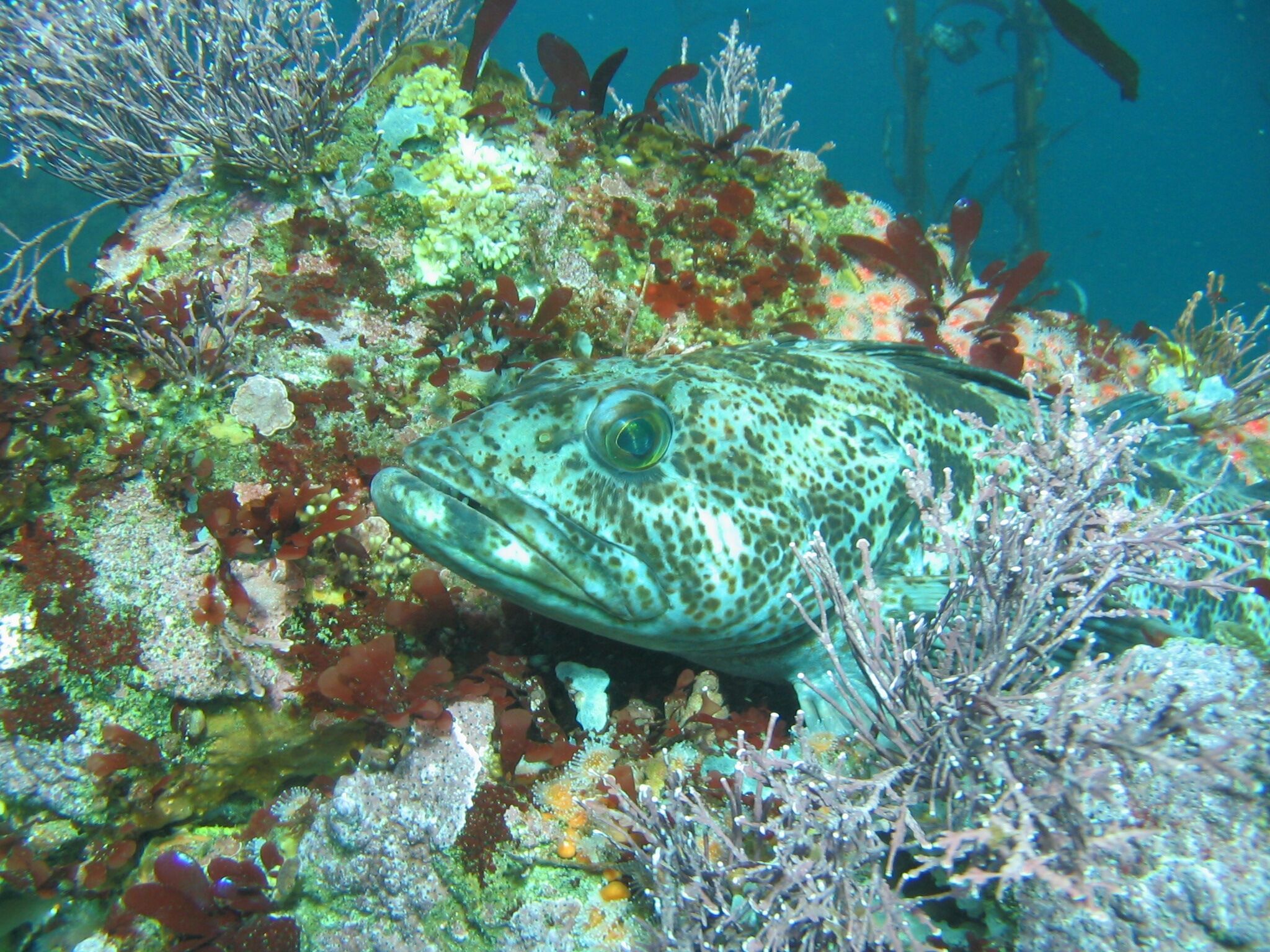Fishing in a Future of Climate Change
The Pacific Fishery Management Council is exploring new ways to manage fish in a future full of variability

Rich Lincoln is serving his third term as a sitting member of the Pacific Fishery Management Council, which is headquartered in Portland, Oregon. He is Founder and Senior Advisor of Ocean Outcomes, an international non-profit that specializes in working with communities and industry to improve the sustainability of globally significant fisheries.
The Pacific Fishery Management Council, one of the nation’s eight regional fishery management bodies, is tasked with a big job. The Council recommends management of fisheries for about 119 species off the coasts of Washington, Oregon and California to ensure that coastal communities that have relied on fishing for decades can enjoy valuable economic opportunities while still conserving these marine resources. NOAA aids the Council in this mission by providing investment and research, such as fishery stock assessments that are critical to protecting fishing opportunities for the communities the Council represents. Now, the Council is facing new and growing challenges in the face of climate change—and NOAA is arming it with the tools it needs to better prepare for the future of changing ocean conditions.
It all started in 2013, when the West Coast really started to feel the heat.
The Pacific Ocean was experiencing an unusual phenomenon in the form of a large warm nutrient-poor mass of ocean water. This anomaly—dubbed “the Blob”—greatly disrupted the Pacific marine ecosystem. Its harmful effects rippled across West Coast fisheries even as it dissipated in 2016. Thankfully, since 2012, the Council has had the benefit of receiving an annual report from NOAA that summarizes key indicators of the health of the California Current ecosystem by looking at environmental indicators, stock abundance and indicators in the food web that impact key council species. This report, called the California Current Ecosystem Integrated Assessment Report, comes from NOAA’s two science centers on the West Coast.
Still, major disruptions to the California Current ecosystem like “the Blob” leave the Pacific Council with the question of whether its current tools are sufficient to both conserve fish and provide economic opportunity for fishermen in the face of drastic environmental variability and change.
One avenue for broaching this challenge has been through the Council’s ongoing adoption of ecosystem-based management. By thinking of the general ecosystem at large when considering management decisions, the Council takes into account different environmental factors that impact the food web and the variety of species the Council manages. The most recent initiative being undertaken as a part of the Council’s fishery ecosystem management plan is the Climate and Communities Initiative. Using scenario planning, the initiative looks at possible future ocean conditions that species may face in the California Current ecosystem 30 or 40 years from now and what new management tools may be needed to best position the Council to be proactive. NOAA’s support has been critical in getting the Climate and Communities Initiative off the ground. Resources from NOAA have helped the Council establish the core team to design the scenario planning and develop a strategy for stakeholder engagement, a crucial element of the process.
The bottom line
Without the federal resources of NOAA, both to uphold a strong management system and to think about ways to improve it, it’s hard to picture how the United States fishery management system could be a long term success. In meeting the fishery councils’ dual mission of properly conserving and providing fishery benefits from our cherished marine resources in the face of climate change, there is a clear trade-off between enhanced information from continued science investment vs. the need for more conservative, precautionary fishery management without NOAA’s continued investments. The future is full of new challenges and uncertainty. In this crucial time, NOAA’s science and support is helping the Pacific Fishery Management Council take its first steps into addressing those challenges head-on.